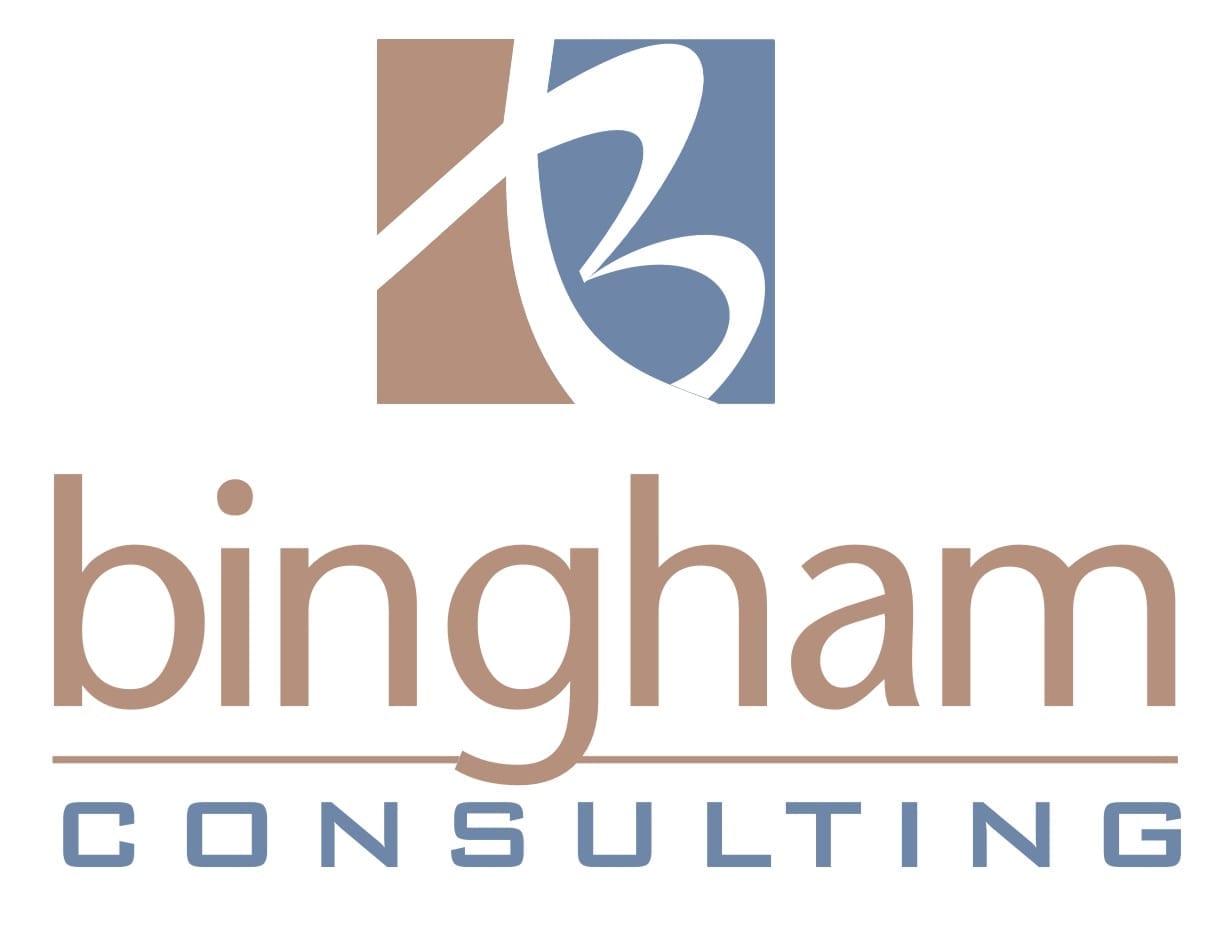One of my clients recently described her process for pricing temporary staffing business, and I so rarely encounter someone who does it like this anymore that I virtually hugged her!
When we buy milk at the grocery store, we don’t ask the grocer for the markup.
We just buy the milk.
Not so when it comes to how most sales reps price temporary and contract staffing business. If your sales team answers “what’s your markup” by quoting the hiring manager a percentage over the pay rate, they’re allowing the buyer to determine our gross profit.
We didn’t always price staffing business this way.
So how did we get here?
This “open the books” mentality originated in the 90s in large accounts with the onsite model. In our zeal to “partner” with the client, we thought it was safe to divulge our cost model during negotiations. After all, we reasoned, they’re giving us all their business!!
The problem is that we set a precedent. Fast-forward to a world of even more competition, multiple staffing providers onsite, MSPs and VMSs. Today’s savvy buyer has the power over our profitability.
The good news is we can take back our pricing power by training our sales team to establish pricing expectations with the hiring manager early in the sales cycle.
Bring up pricing first (yes, you read that correctly). Say “let me share with you how we work,” and proceed to explain how the best talent can be sourced for them when you are not restricted by a specific pay and bill rate. Positioning the discussion this way lets your customer know you have their best interests in mind, and that will be appreciated.
Give the hiring manager a bill rate range. Formerly a best practice in the staffing industry, this strategy has been largely abandoned as buyers asserted more control over what we could pay and what we could bill. For contract positions, ask the buyer what he pays for the position on a full-time basis. Next, figure out what you’ll need to pay on the low and high end. Finally, calculate a mark-up that fits within your desired gross profit range. Quote that bill rate range and let your client know you’ll confirm the final rate when the order is filled.
For direct hire positions, start with the top of your fee range and if necessary, justify it by saying “based on the requirements you’ve outlined for this hire, we anticipate an extensive search to find the ideal candidate.” If the client balks, remember the adage you give, you get in a price negotiation. Lower your fee only if he is willing to agree to a compromise. Ask,“Will a candidate who meets 80% of the requirements will suffice for your budget?”
Just like grocers who don’t disclose their margins to consumers, staffing agencies can control of their profitability by pricing the business this way.
